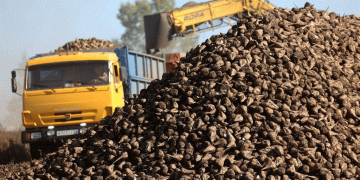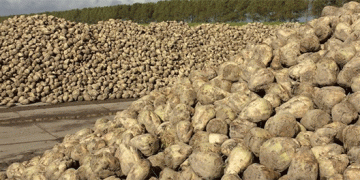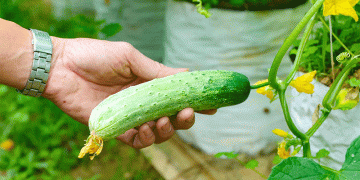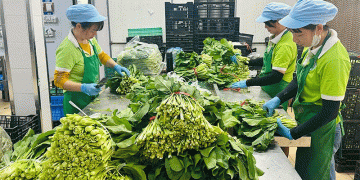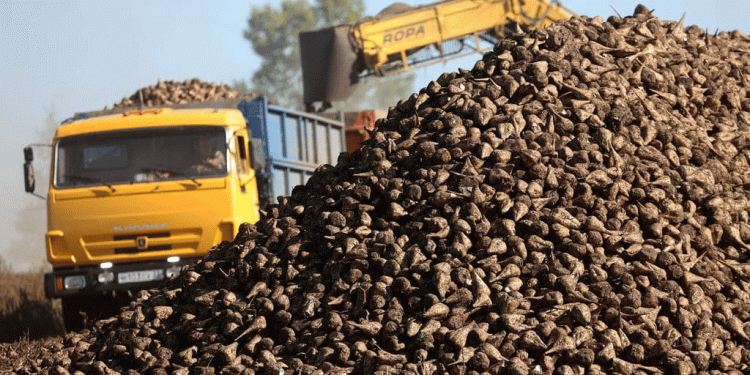In Altai Krai, the 2024 sugar beet harvest is drawing to a close, reinforcing the region’s status as a critical agro-industrial bastion for Siberia. However, beneath the surface of this annual routine lies a narrative of dramatic transformation, technological adoption, and market-driven consolidation that offers critical lessons for the entire agricultural sector.
The Triumph of Efficiency Over Area
The most striking data from this season is the yield: a preliminary 561 centners per hectare (56.1 t/ha). To put this in a global perspective, this is competitive with leading European producers, where 2023/24 averages often range between 70-75 t/ha, and significantly outperforms the global average. This achievement is not an accident. As noted by Sergey Serov, head of the regional committee, the current gross harvest of over 1 million tonnes is being achieved on just 24,000 hectares—a third of the Soviet-era area that yielded only 779,000 tonnes. This is a powerful testament to the adoption of new technologies, high-performance genetics, and precision farming.
On-the-Ground Realities: Logistics, Seeds, and Labor
The reports from leading farms provide a granular view of modern agricultural management:
- Scale and Logistics: Agrofirm “Cheremnovskaya,” part of the “Dominant” group, harvested from 11,630 hectares, moving 3,000 tonnes of beets daily via 110-120 truckloads. This scale requires military-like precision in logistics and coordination with the single processing plant.
- Import Substitution Success: Maxim Zolotarev of “Kubanka” reported a significant development: the use of Russian seed material due to import restrictions. His initial assessment that they “practically do not differ from the former, foreign ones” is a crucial data point for the sector’s resilience and a win for domestic seed science.
- Persistent Challenges: These successes are tempered by familiar pressures: rising fuel costs, logistical disruptions, and a chronic shortage of skilled labor, exacerbated by competing harvests of sunflower and buckwheat.
The Dark Side of Consolidation: A Cautionary Tale
The story from Nikolai Maltsev’s farm in Rebrikhinsky district serves as a stark counter-narrative. His specialized beet equipment now “stands and rusts” after the sugar plant consolidated its supply chain, making his farm redundant. This highlights a significant risk in specialized, single-buyer commodity systems: high efficiency for some can mean market exit for others, leaving significant capital investments stranded.
Altai Krai’s sugar beet sector is a microcosm of modern agriculture’s dualities. It showcases a remarkable success story of intensification, where cutting-edge agronomy and genetics have tripled productivity per hectare. The successful trial of domestic seeds marks a critical step towards greater supply chain sovereignty. However, this progress comes with costs: extreme logistical complexity, labor shortages, and the vulnerability that arises from market consolidation. For farmers and agribusinesses globally, the lesson from Siberia is clear: unparalleled efficiency is the key to survival, but it must be pursued with a strategic eye on market access and diversification to avoid becoming a casualty of the very progress you help create.
